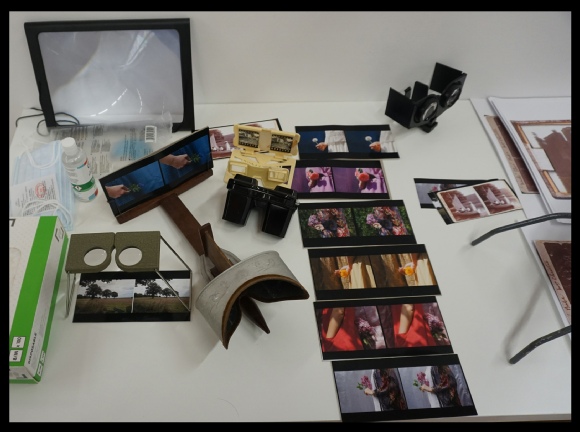
All images © 2003-
Copyright © All rights reserved. Made By Serif. Terms of use | Privacy policy





We View Things Differently Now -
Stereoscopic photographic views were first described in 1832 by English physicist Sir Charles Wheatstone, stereoscopy was improved by Sir David Brewster in 1849. A Stereograph is two images of the same subject, taken 6 cm apart to simulate the position of the human eyes, and then mounting the positive prints side by side, laterally on a stiff backing. The two images were brought together by the effort of the human brain to create an illusion of three-
The development of stereoscopic technology in the nineteenth century revolutionised optics science and the sensory experience of photography. Although companies such as Underwood and Underwood and the Keystone View Company enjoyed relatively fleeting popularity for their stereoscopic travel sets, stereoscopic technology remains ever prominent in twenty-
Laura Bergin University of Oxford postgraduate (Visual, Material and Museum Anthropology